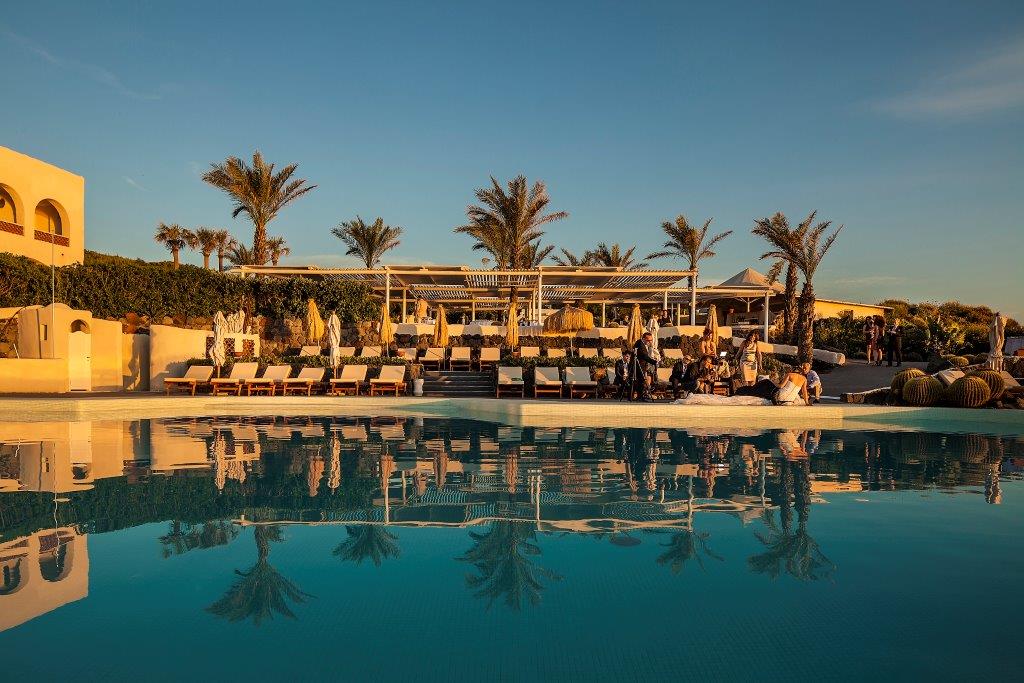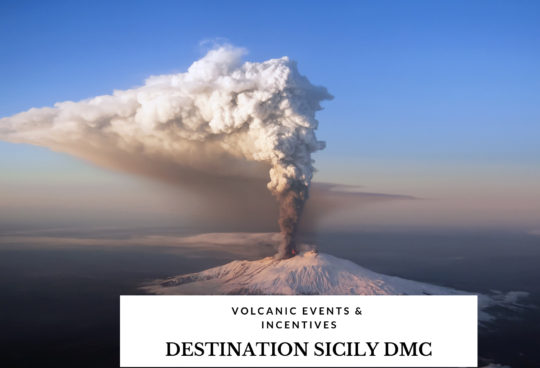Feb
18
in Senza cateyfjhmb
0 comments
tags: Aeolian islands, DMC Sicile, DMC Sizilien, Incentive Sizilien, Sicily DMC, Sicily Events, Sicily Incentives
Sicily DMC incentives: Aeolian Islands
About the Author: Domenico Berardi
-
Destination Sicily DMC: Ihr Spezialist vor Ort Read more
in News 0 comments0 -
Read more











